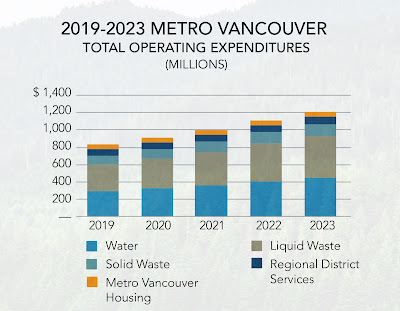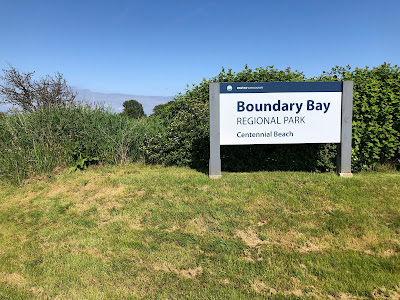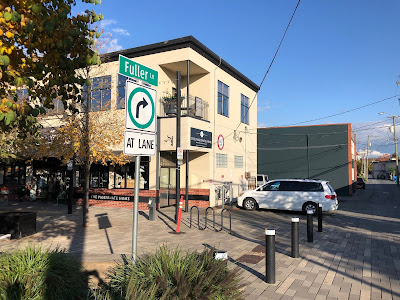Jens von Bergmann runs the Mountain Doodles blog where he shares data visualizations and insights based on Statistics Canada data. I’ve previous shared some of the visualizations that he has created in the past. His latest visualizations look at how people commute to work in Metro Vancouver based on neighbourhood-level census data.
One of the interesting visualizations is the change in the number of people driving to work between 1996 and 2016 which is the most recent census.
 |
| Change in number of drivers 1996 – 2016. Select image to enlarge. Source: MountainMath, Statistics Canada |
The purple areas show where there has been a larger increase in the number of people driving to work, while the yellow areas show where there has been a decrease in the number of people driving to work.
In Langley City, we can see that in some neighbourhoods there has been no or a reduction in people driving to work in absolute numbers. In other Langley City neighbourhoods, there has been modest growth such as in the 198 Street/Brydon area over the last 20+ years.
Clayton in Surrey, and Willoughby in the Township of Langley, have seen a large increase in people driving to work over the same time period. This makes sense as these are new communities.
Another interesting map shows the net difference between driving and non-driving as the method of commuting to work over the last 20+ years.
 |
| Difference in change in number of non-drivers vs drivers 1996 – 2016. Select image to enlarge. Source: MountainMath, Statistics Canada |
This is useful as it can show which neighbourhoods are more auto-dependent, even accounting for population growth and changes in the number of people that must commute to work.
Again, Langley City has neighbourhoods that range from transit-friendly to more auto-dependent. The most auto-dependent neighbourhoods near Langley City are Clayton and Willoughby.
There are two reasons for neighbourhoods being more auto dependent. One is a lack of transit service, and the other is urban design that doesn’t encourage walking. Most transit riders start their commute by walking.
The next census will be in 2021, so it will be interesting to see how things have changed. There is much more information Jens’ Commuter Growth post.























